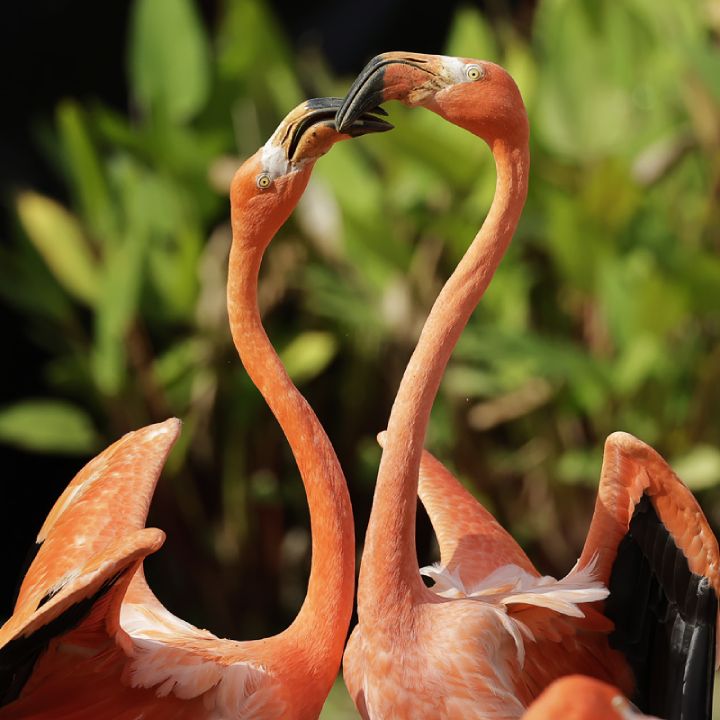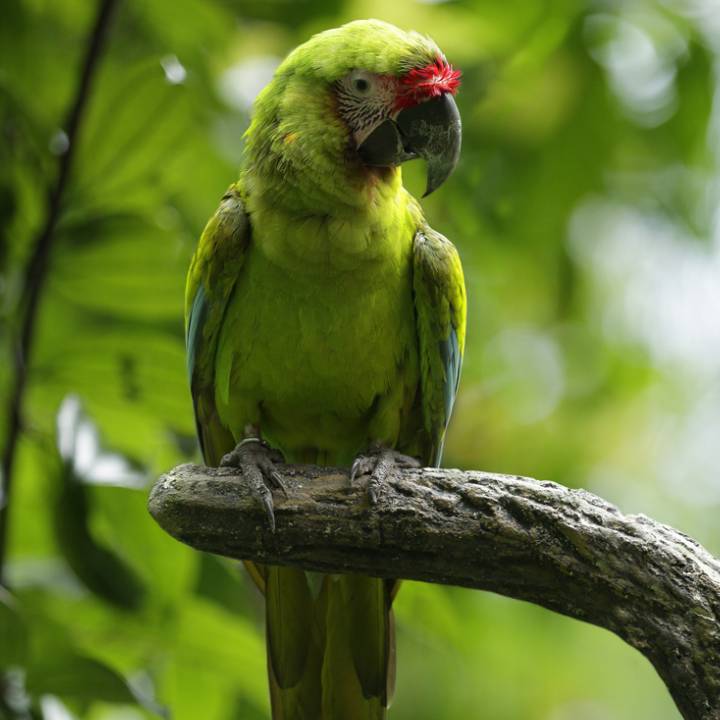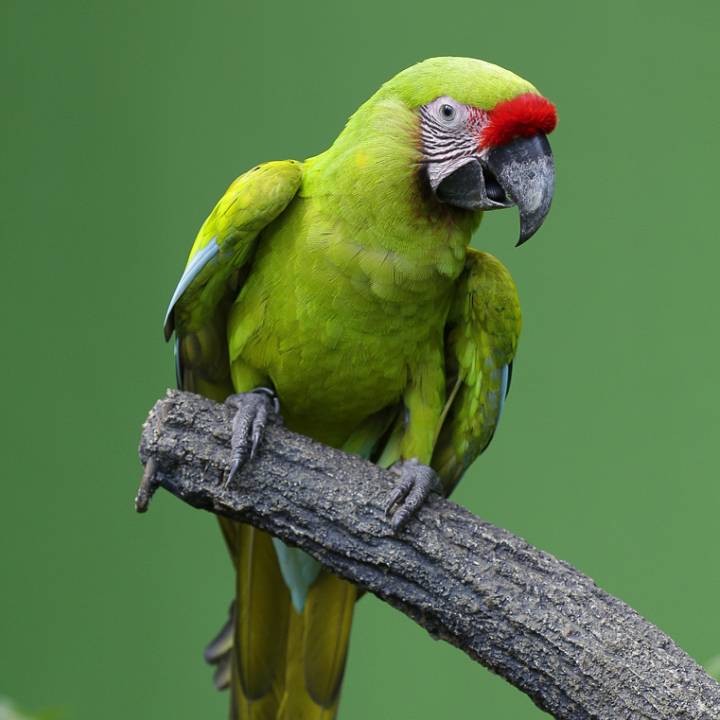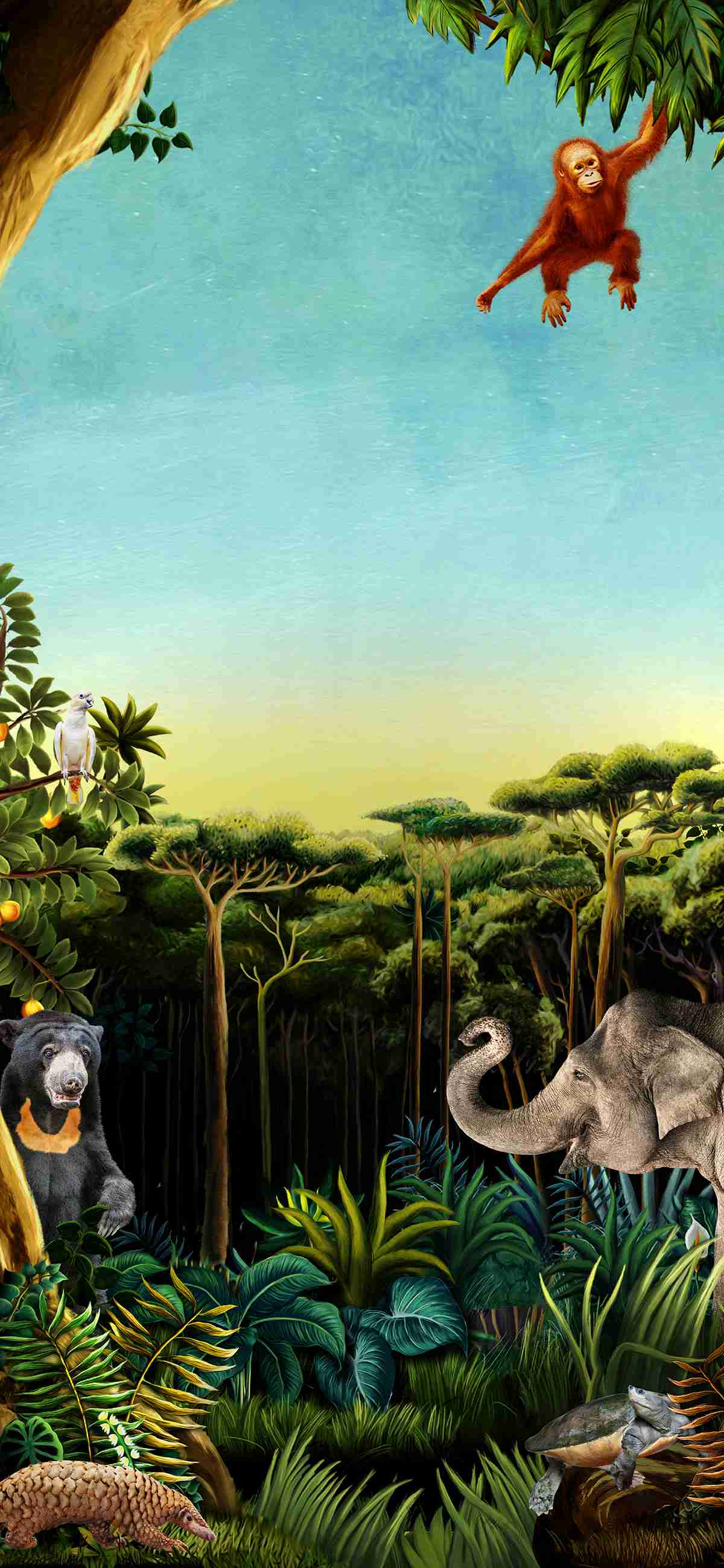Feast your eyes on the spectacle of crimson hues. Meet some of the world’s most brilliantly coloured birds, amongst wetland vegetation and crimson blooms.
Relish a cool respite behind the curtain of gushing water from the tallest waterfall at Bird Paradise.






















